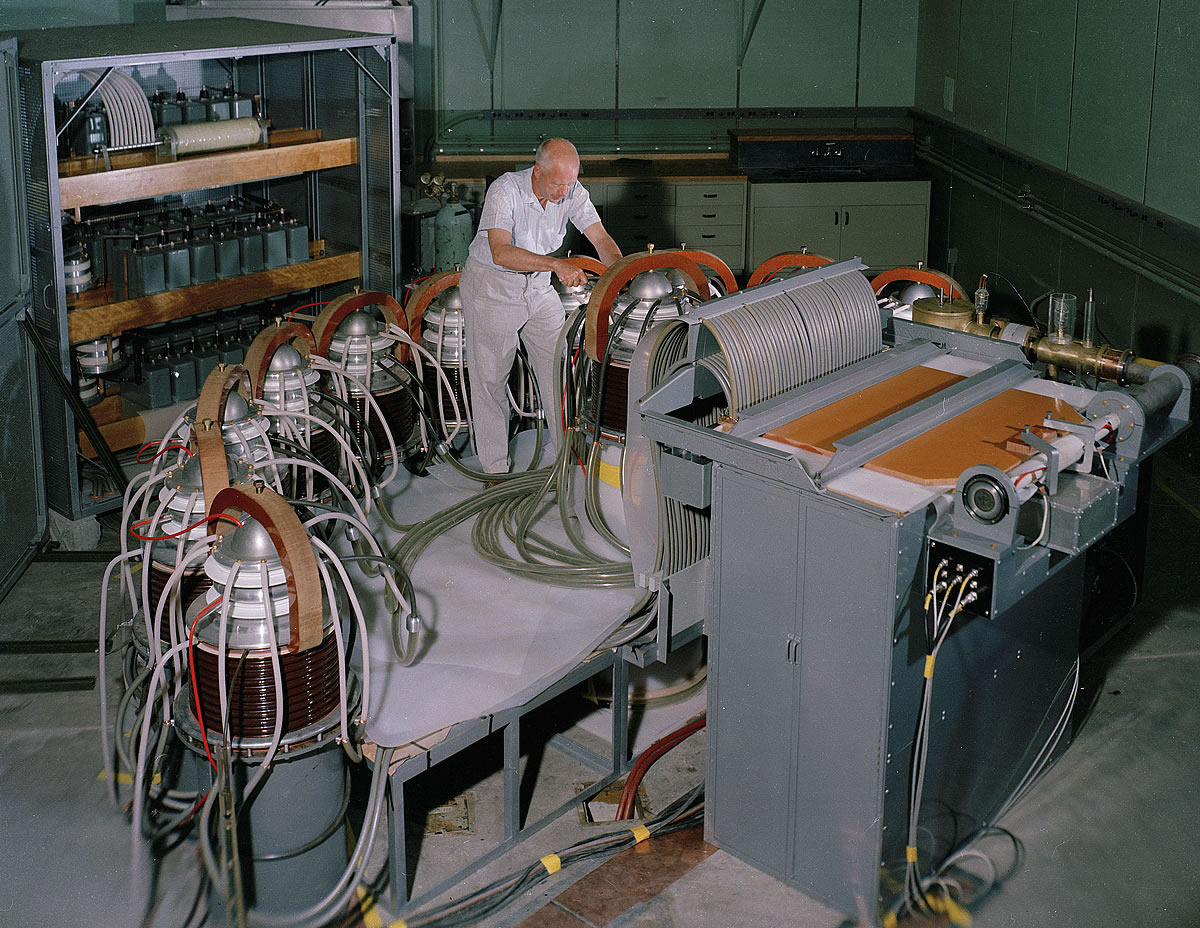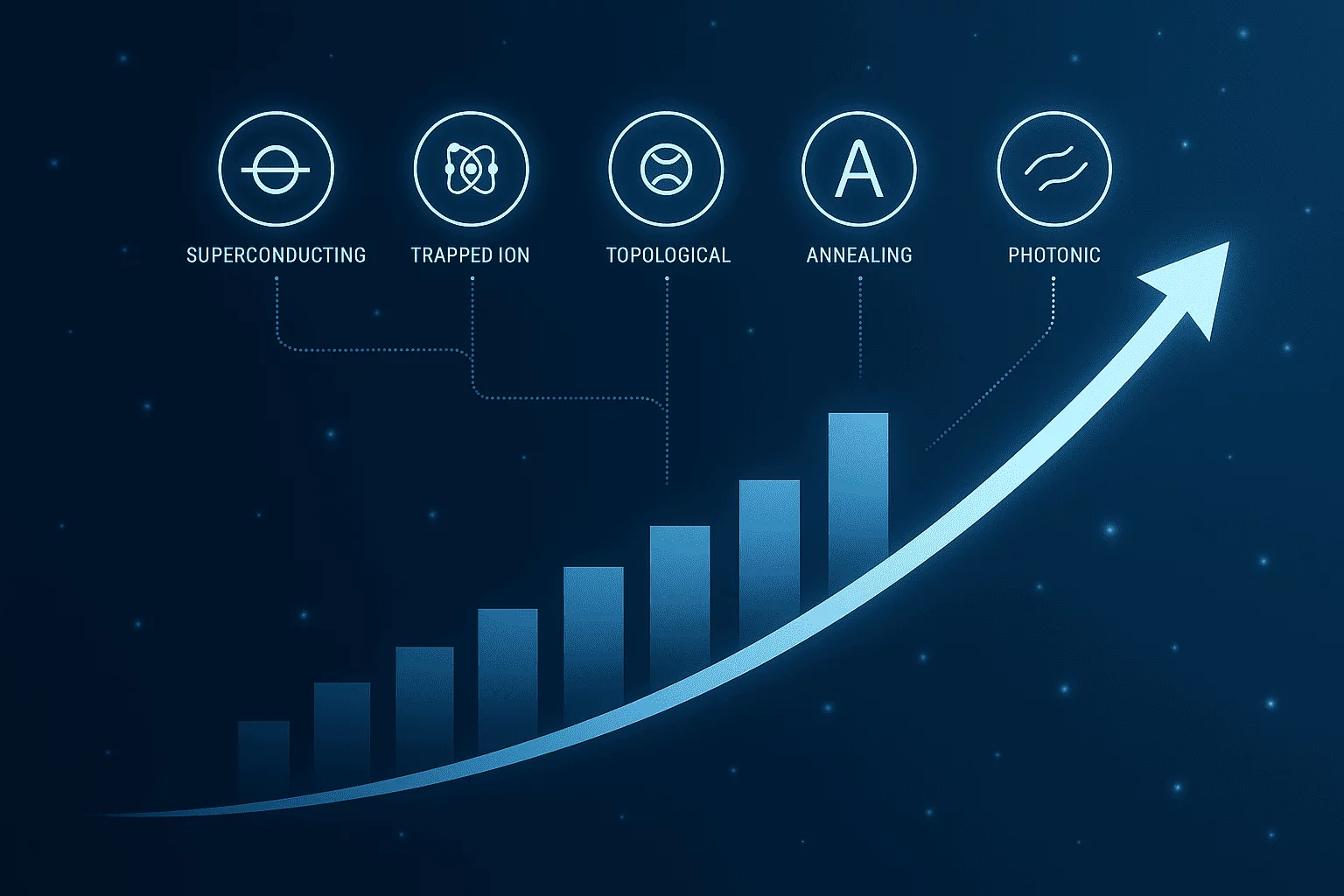It might sound like the plot of a blockbuster sci-fi film: A billionaire entrepreneur builds rockets to create a city on Mars… to save the human race. Yet this is no fantasy. This is the core of Elon Musk’s long-term mission. Unpack Elon Musk’s belief in Mars plan B as a survival strategy for humanity. From existential risk to interplanetary rebirth, explore the logic, emotion, and systems behind humanity’s most ambitious backup plan.
To Musk, the Mars dream isn’t just a scientific challenge or a vanity project—it’s a survival imperative. In dozens of talks, tweets, and technical discussions, he’s made his message clear: Earth is precious, but vulnerable. If we stay here and here alone, we risk it all. Climate collapse, asteroid impact, nuclear war, AI misalignment, biological pandemics—any one of these could end our civilization.
That’s why he calls Mars “Plan B.” Not an escape hatch, but a redundant civilization. A reset point. A second branch on the human family tree, growing somewhere new.
But what does that actually mean? What are the practical and philosophical implications of this “backup civilization” idea? What is the real vision behind Plan B—and what challenges lie in our way?
In this blog, we dive deep into the heart of Musk’s logic, examine how Mars fits into broader existential risk planning, explore the technologies being developed to make it happen, and consider how this bold vision is shaping the very meaning of humanity’s future.
Understanding Mars Plan B: The Logic of Civilization Backup
Musk has often compared Mars to a backup drive. Just as you wouldn’t store all your most important data in one location, why should we keep all of human life on one fragile planet?
A Planetary Perspective
In Musk’s words:
“There’s always some chance that something could go wrong on Earth. If it’s serious enough, humanity could be wiped out. That’s why we need a Plan B.”
From nuclear proliferation to supervolcanoes, the list of existential threats is long. While the probabilities may seem low in any given year, over decades and centuries, the likelihood of a civilization-ending event compounds. That’s the chilling math behind Musk’s urgency.
And the truth is: Earth has no real defense mechanism against many of these threats. We’re in a cosmic shooting gallery, and Mars offers a second shelter.
Musk’s Vision for Mars: The Long-Term Blueprint
Building the Backup Civilization
The goal isn’t just to send a handful of astronauts and scientists—it’s to build a self-sustaining city, fully capable of operating independently from Earth. According to Musk, that means:
- 1 million people on Mars
- 1 million tons of cargo
- Functional ecosystems and food production
- Mining, manufacturing, and housing autonomy
- Redundant governance and education systems
This is the foundational infrastructure of a civilization—not just a base.
Timeline Overview
| Year | Milestone |
|---|---|
| 2026 | First uncrewed cargo missions with Starship |
| 2029 | First crewed Mars mission, habitat deployment |
| 2035 | First permanent base with closed-loop life support |
| 2040 | Expansion to multiple sites, agriculture begins |
| 2050 | Toward city-scale presence, self-manufacturing starts |
| 2070 | Mars becomes a truly self-sustaining outpost of civilization |
Making Mars Plan B Work: The Technical & Human Challenges
Creating a backup civilization is no small task. The challenges are immense—and span every domain of science, engineering, governance, and psychology.
Atmospheric Pressure & Radiation
Mars’ thin atmosphere offers almost no protection from cosmic rays. Musk’s solution: underground habitats, radiation shielding, and potentially magnetosphere engineering in the future.
Energy Production
Mars gets only ~43% of Earth’s sunlight. That requires large-scale solar arrays, nuclear microreactors, and potentially fusion power as technology advances.
Agriculture
Hydroponic farming in sealed greenhouses, combined with CO₂-to-O₂ processing, is the most viable model for food production. Biologists are already testing plant growth in simulated Martian regolith.
Psychological Isolation
Mars settlers will face extreme mental health challenges—from the 24-minute communication delay with Earth to the total environmental isolation. NASA and SpaceX plan to trial extended isolation training in analog bases on Earth and the Moon.
Governance & Culture
Musk has hinted at a “direct democracy” constitution for Mars, where citizens vote on laws by majority. But others argue for AI-assisted governance, or blockchain-based DAOs to prevent Earthly political entanglements.
The Moral Argument: Responsibility, Not Just Survival
Critics often ask: Why not fix Earth first?
Musk’s answer is: we must do both.
He frames Plan B not as abandonment of Earth, but as responsible foresight:
“Being multiplanetary is not about escaping Earth. It’s about preserving life.”
And this isn’t just about humans. Musk envisions Mars as a biological ark—a place where Earth’s biodiversity can be stored and protected. He once suggested we take “a Noah’s Ark of DNA samples” to Mars to ensure no matter what happens, life continues somewhere.
Economic Drivers: Why Mars Will Eventually Pay Off
Though it starts as an expense, a Martian economy could thrive in the long run:
- Mining rare elements from Martian crust
- Scientific research worth trillions in innovation
- Industrial exports to lunar and orbital stations
- Space tourism & education
- And perhaps most crucially: building interplanetary trade networks
If we master Mars, it sets the stage for Jovian moons, asteroid colonies, and O’Neill cylinders. It becomes not just a Plan B, but Step 1 in humanity’s cosmic chapter.
What Mars Plan B Means for Earth and Human Identity
Mars may be Plan B, but it could do something profound for Plan A: saving Earth.
As we reach toward the stars, we’re reminded how rare and precious Earth truly is. The Overview Effect—described by astronauts—is magnified when we see Earth not just from orbit, but from another world.
And maybe that’s the point: Mars isn’t just a fallback. It’s a mirror.
It shows us what it takes to build civilization from scratch. It forces us to value sustainability, cooperation, and ethical governance. And it redefines human potential.
Final Thoughts from Mattias Knutsson
Mattias Knutsson, a seasoned global procurement and business development strategist, has advised on large-scale industrial projects across continents. His take on Musk’s Mars vision?
“Mars as Plan B forces us to design better systems—supply chains that work with zero waste, governance that’s accountable, and economies that don’t break under pressure. It’s a laboratory for resilience. If we get it right, we’ll bring that mindset back to Earth too.”
Conclusion:
Musk’s vision is not easy. It’s not fast. It’s not cheap. But that’s what makes it so powerful.
Mars as Plan B isn’t about abandoning Earth—it’s about protecting everything Earth has built. It’s about hedging against the unimaginable, and about believing that humanity deserves a future, even in the face of great uncertainty.
It’s not about fear—it’s about faith.





